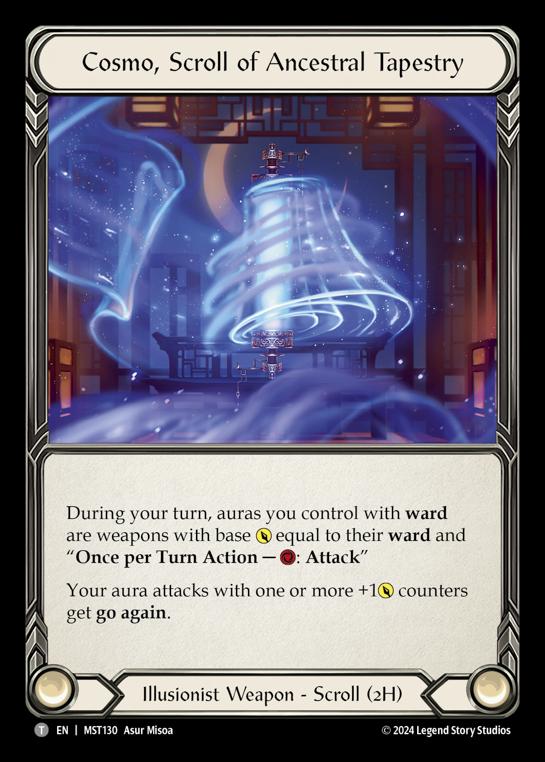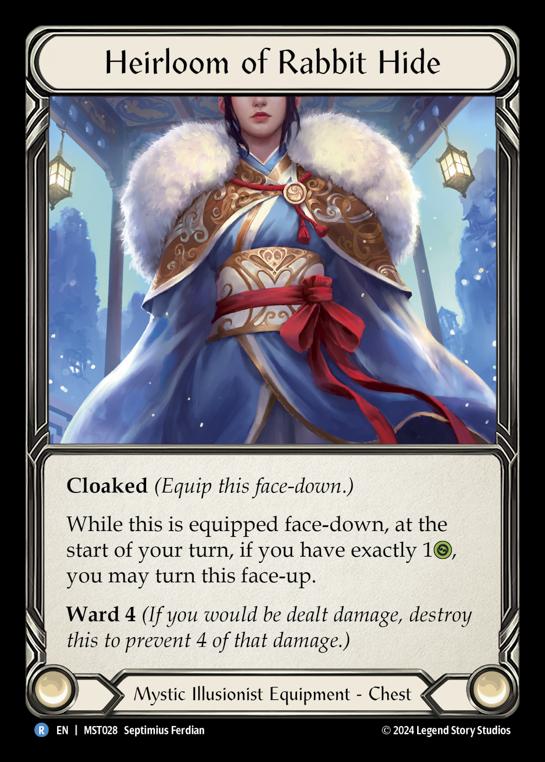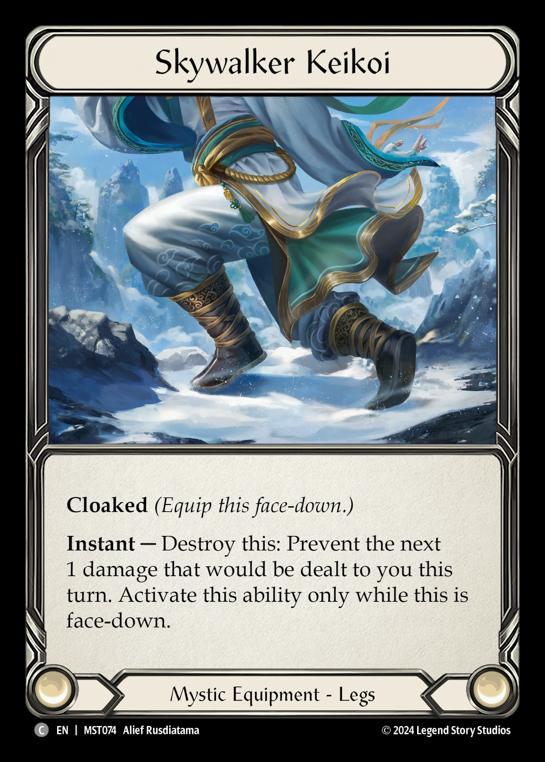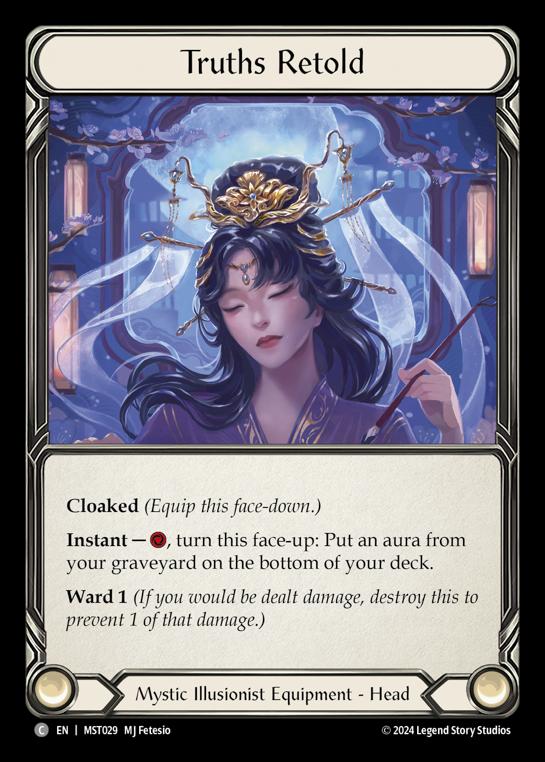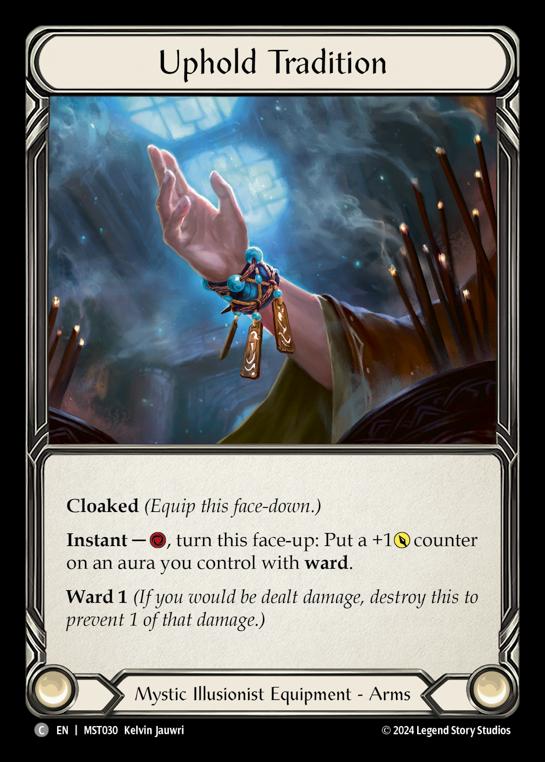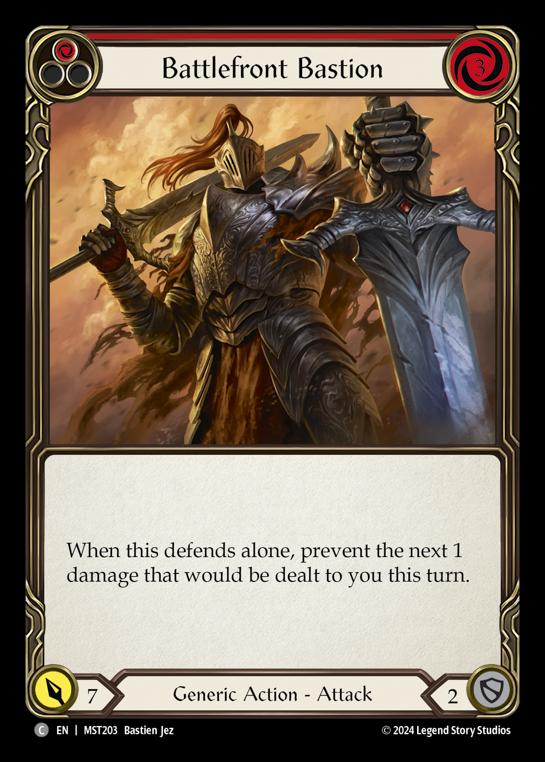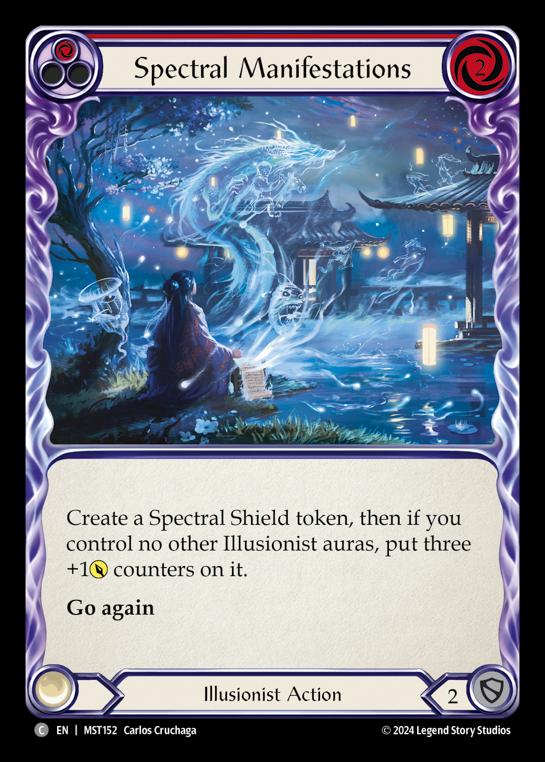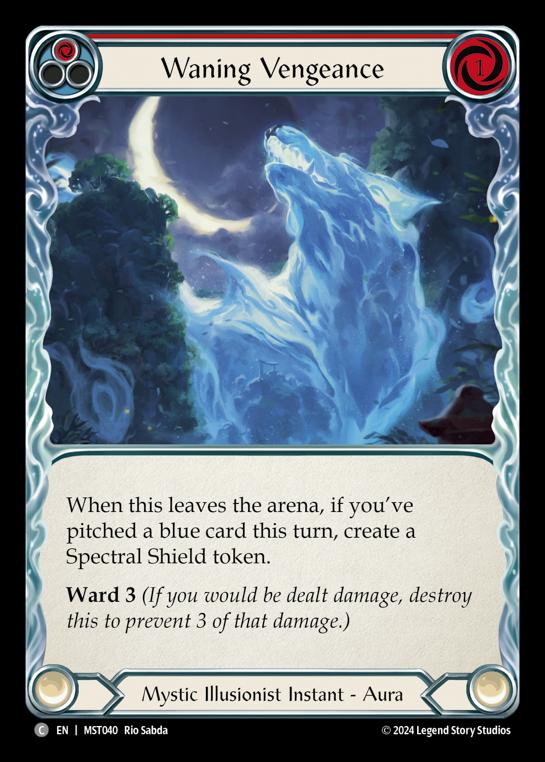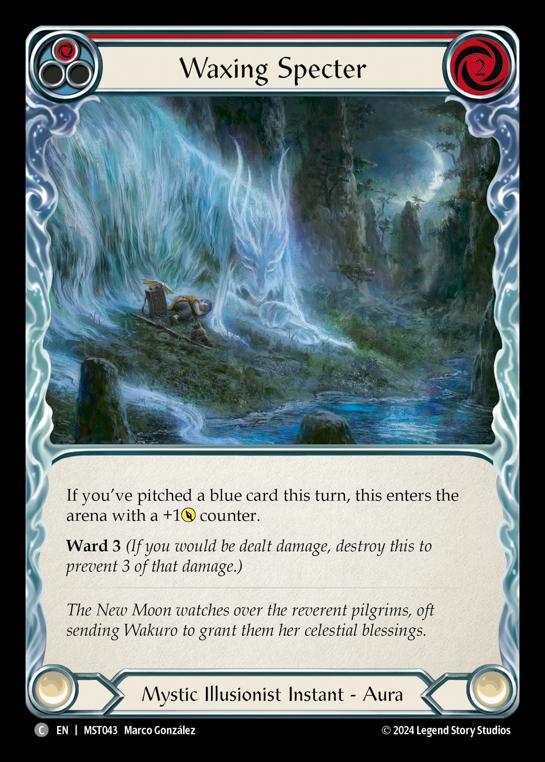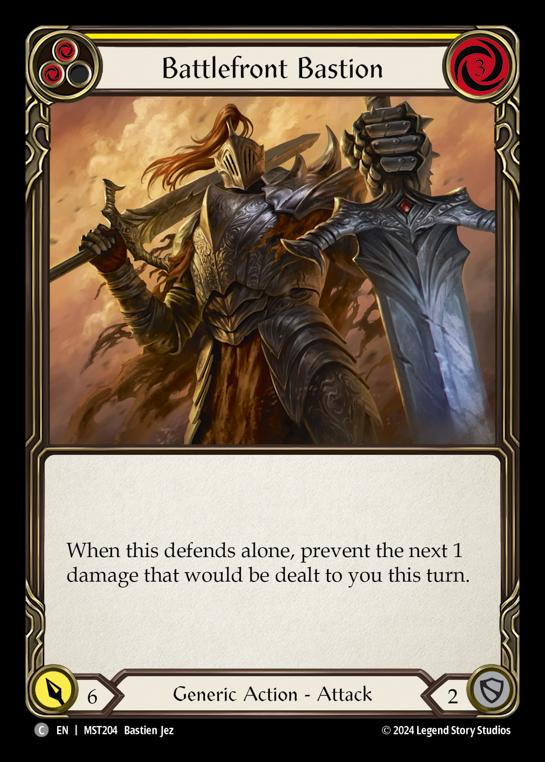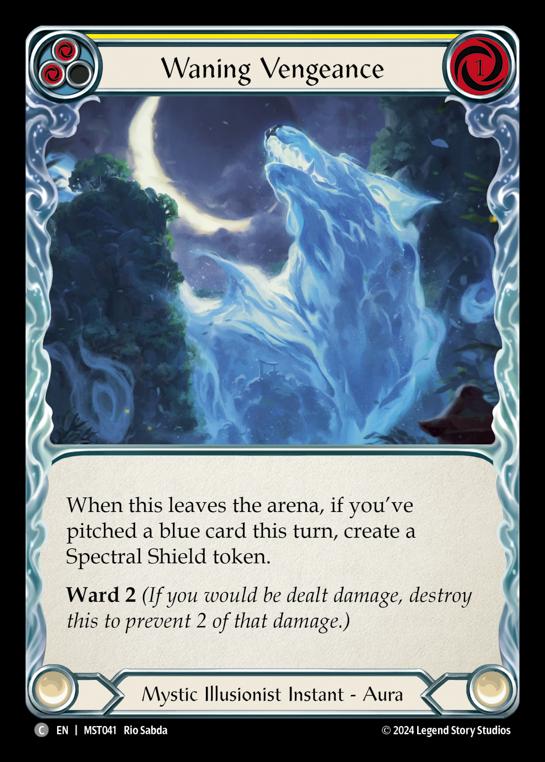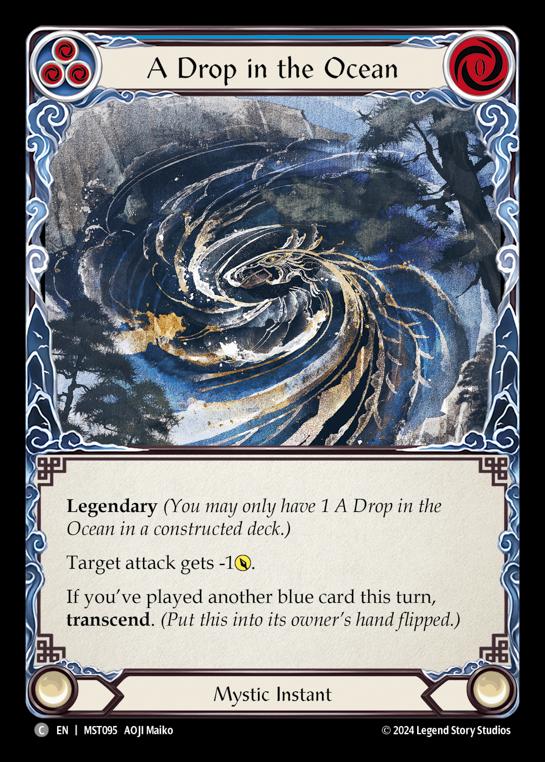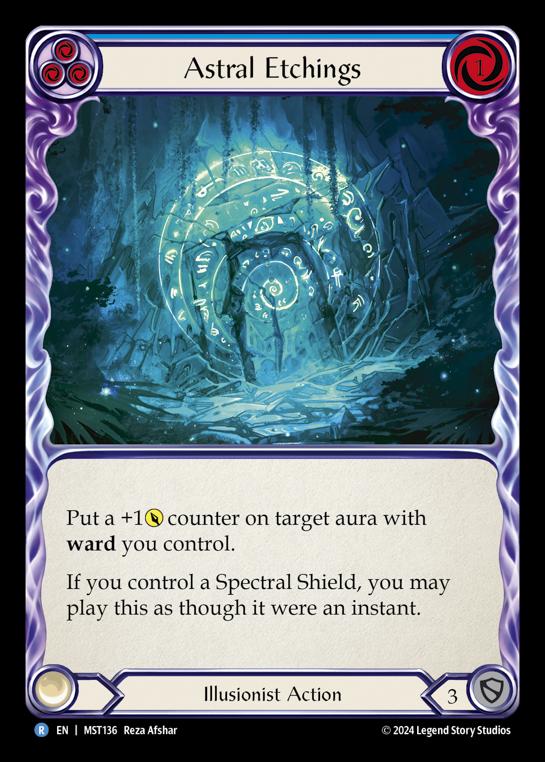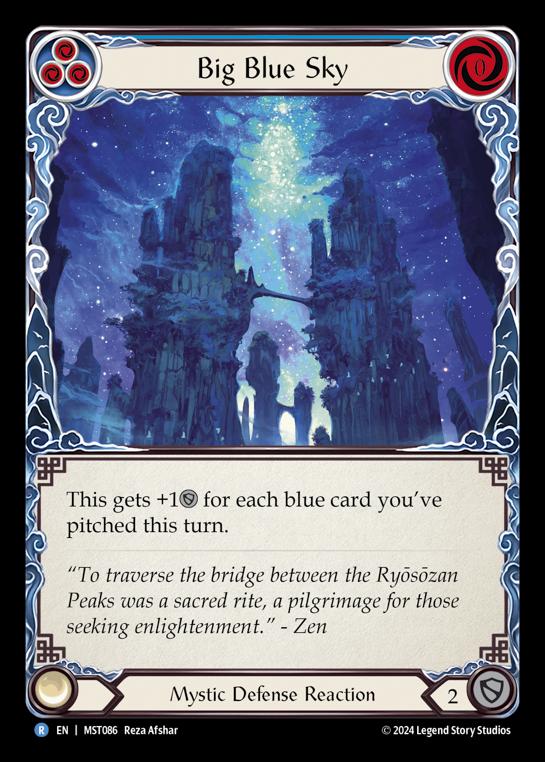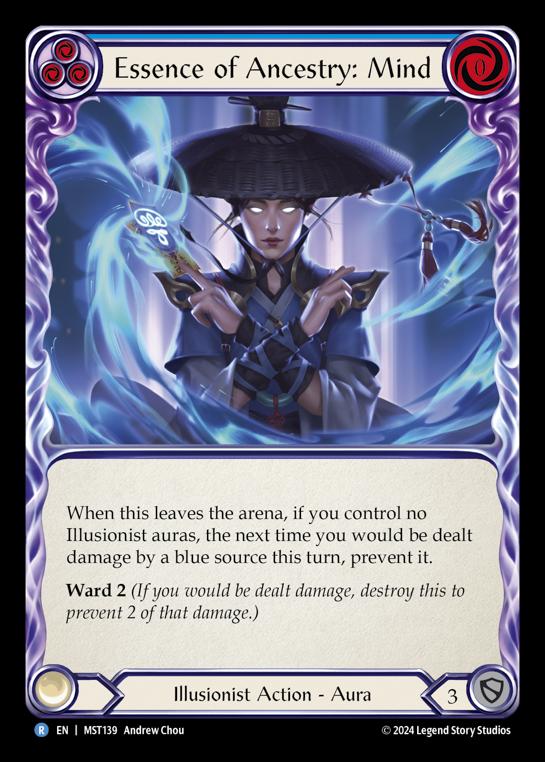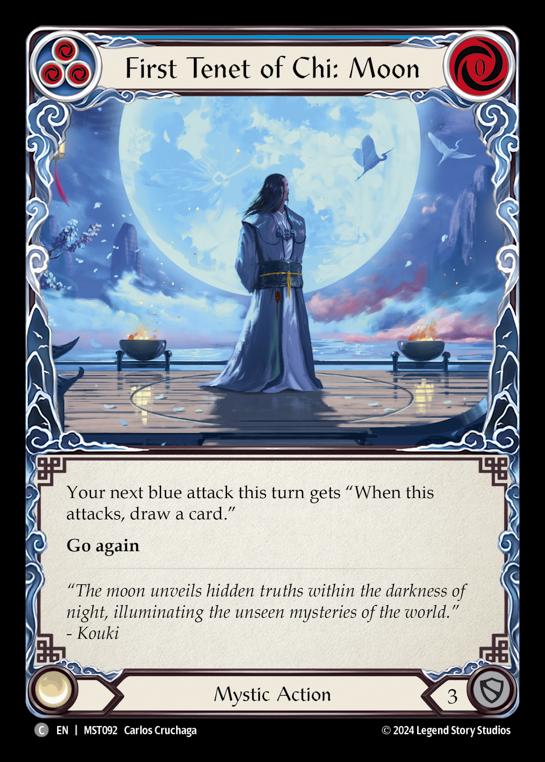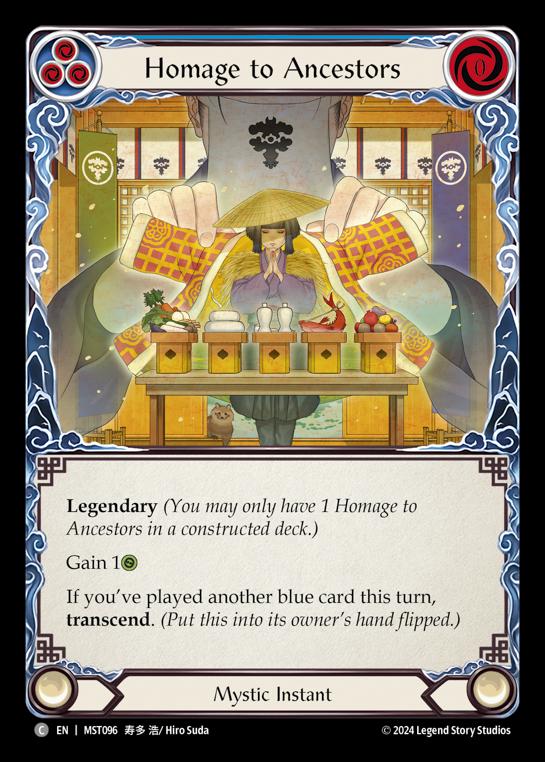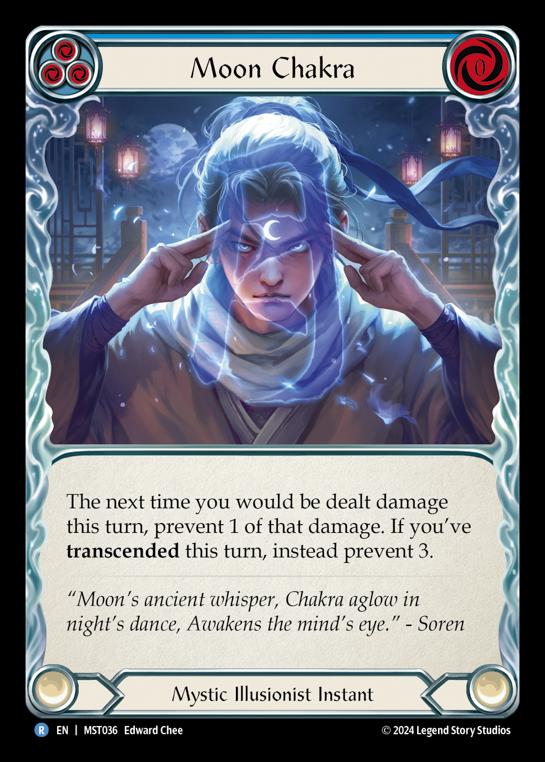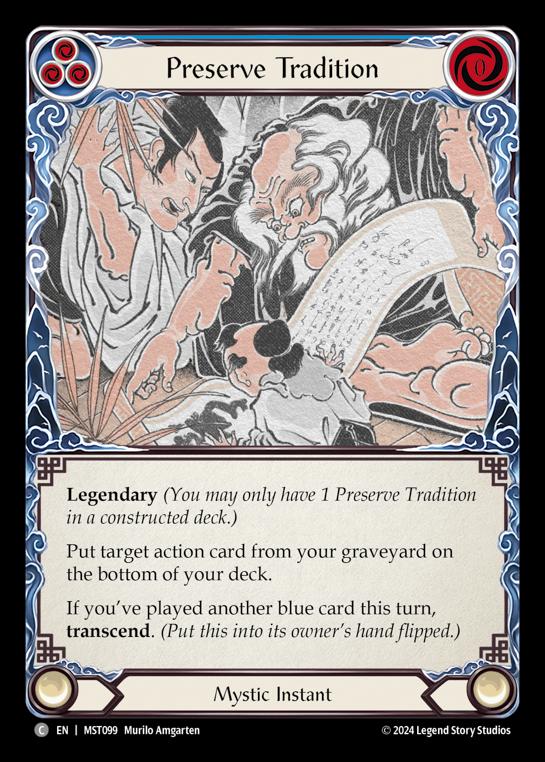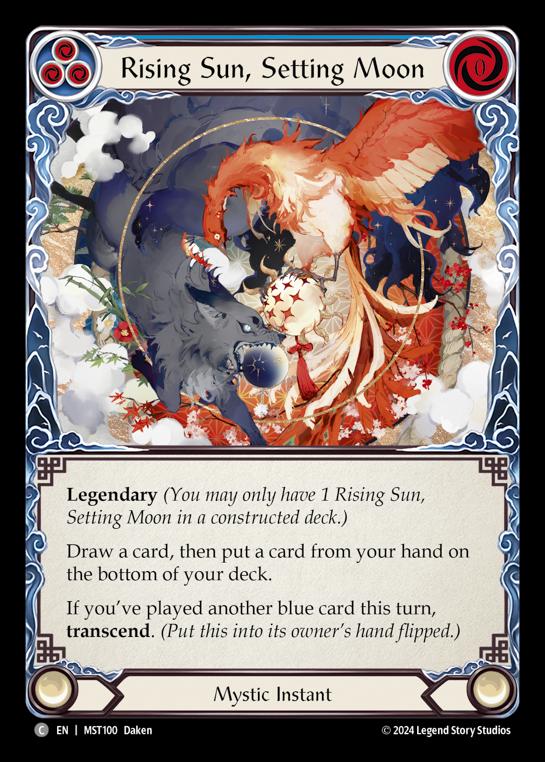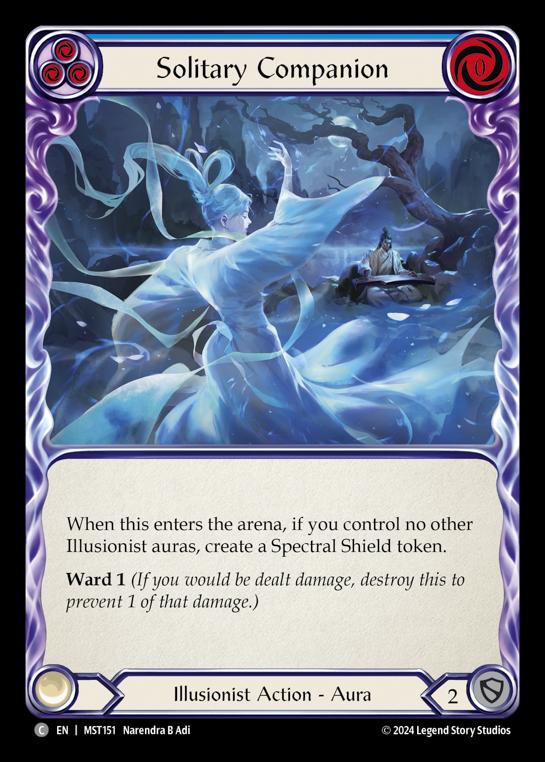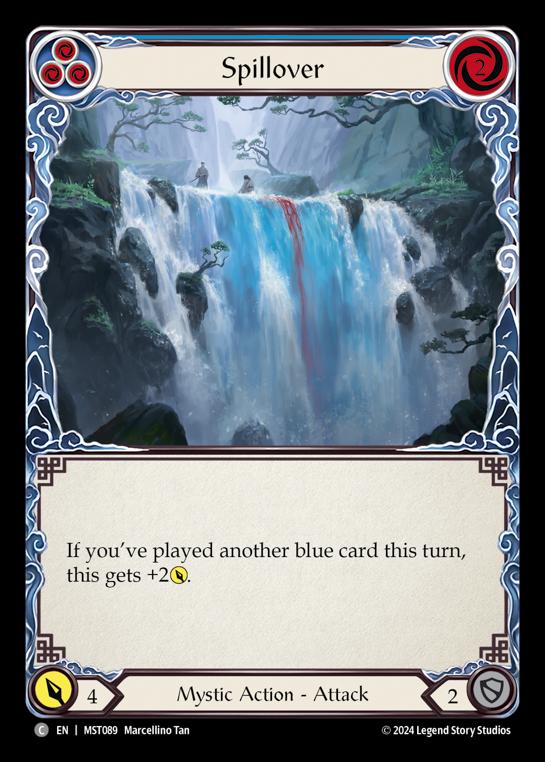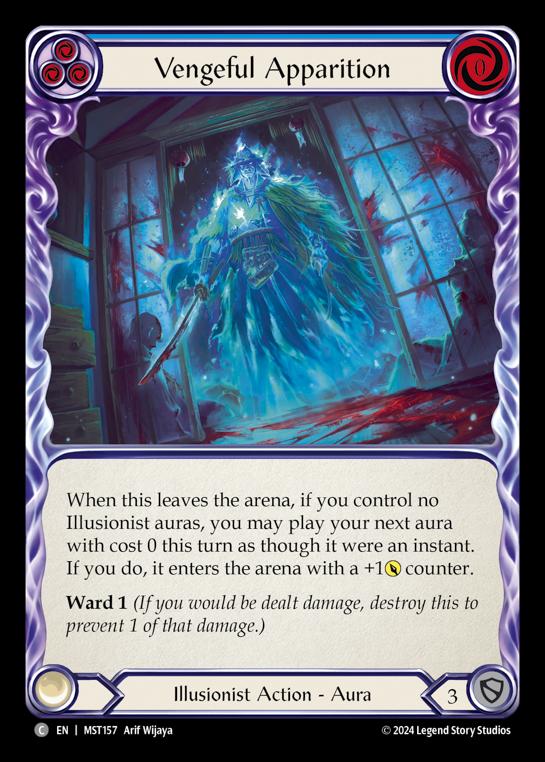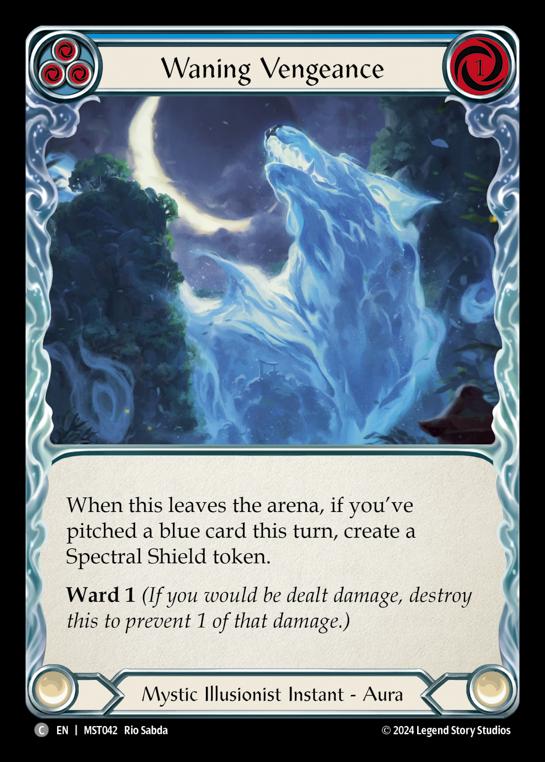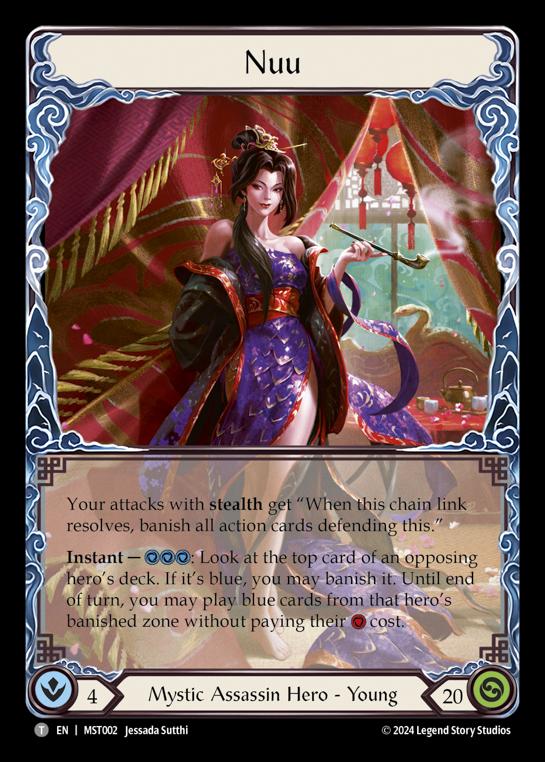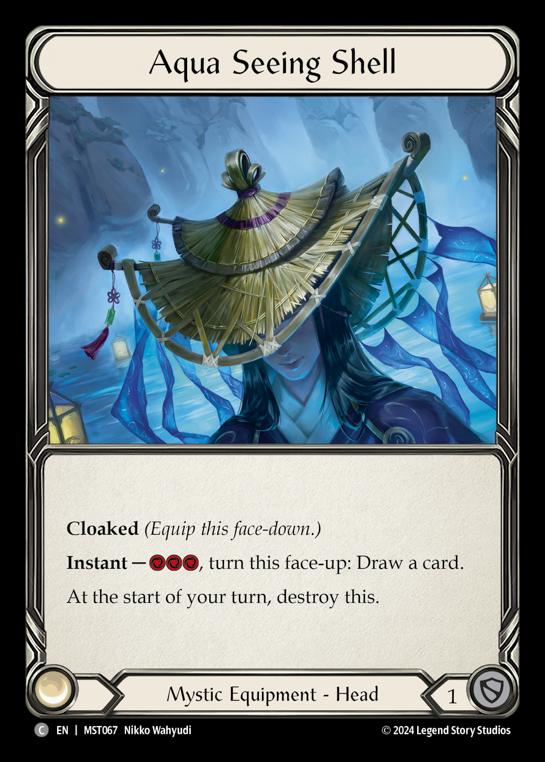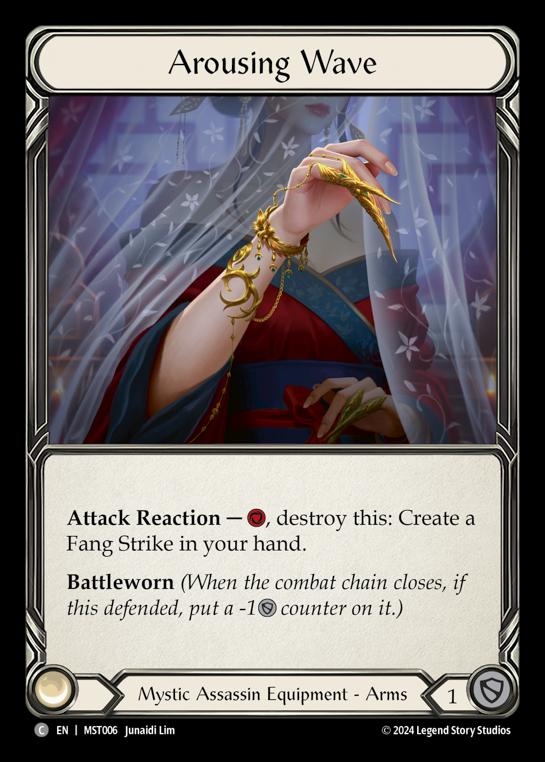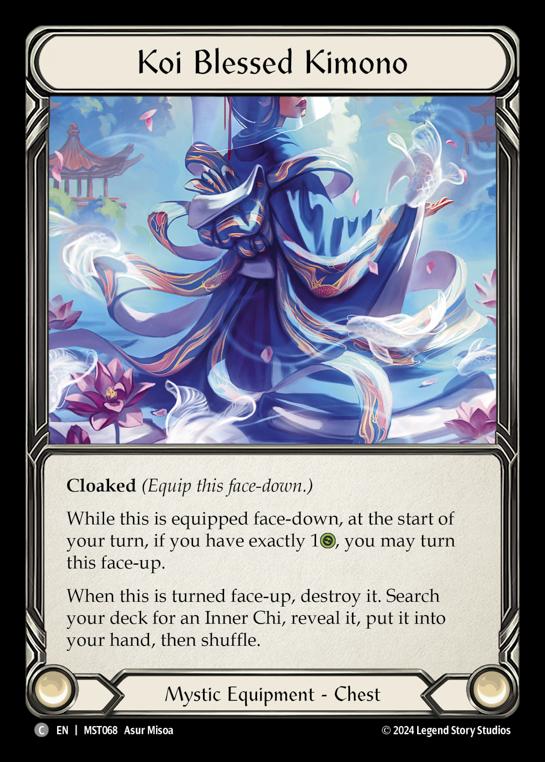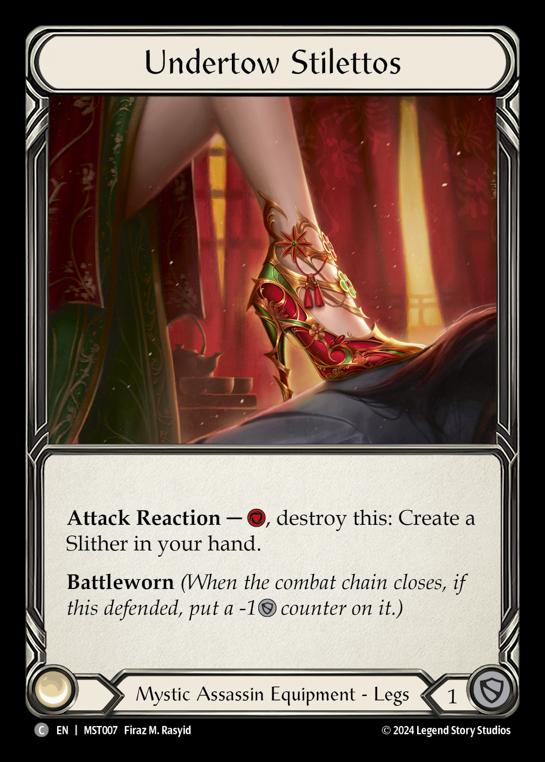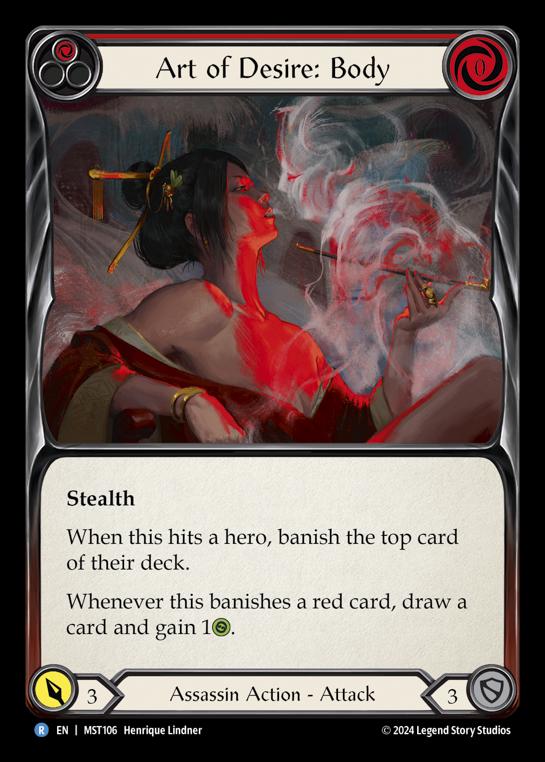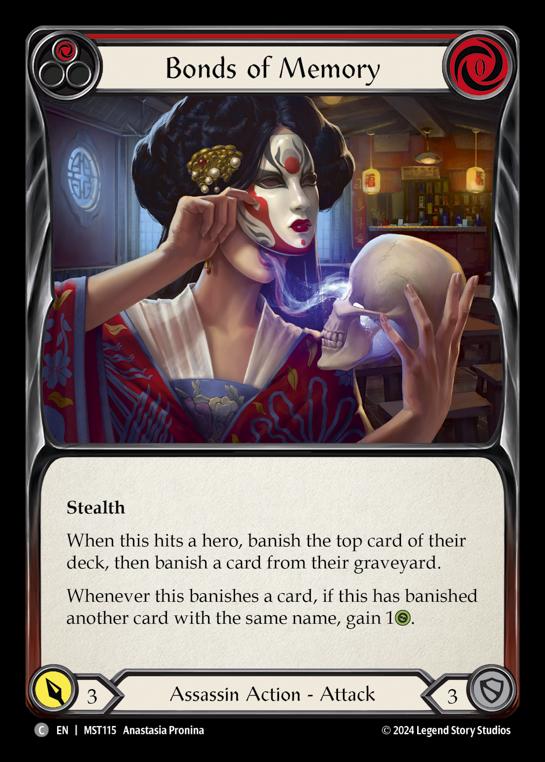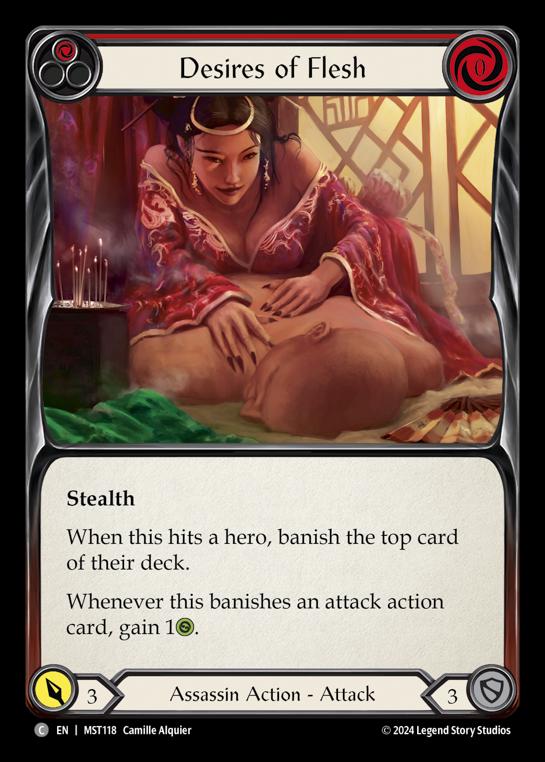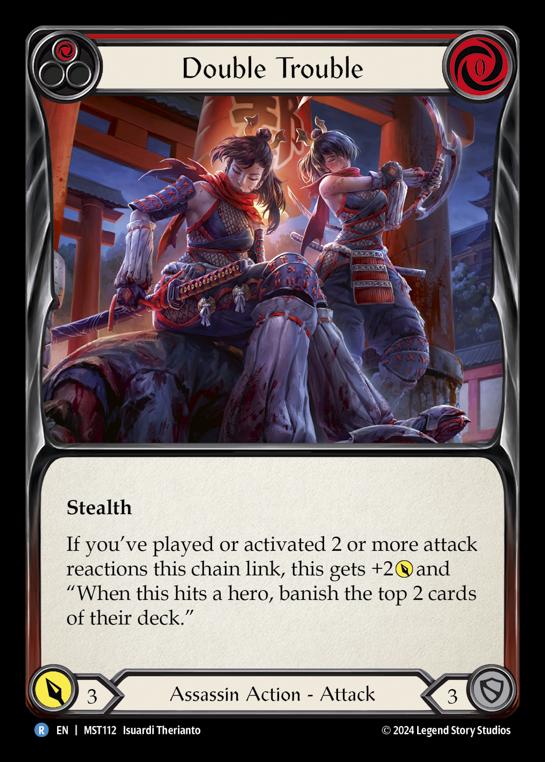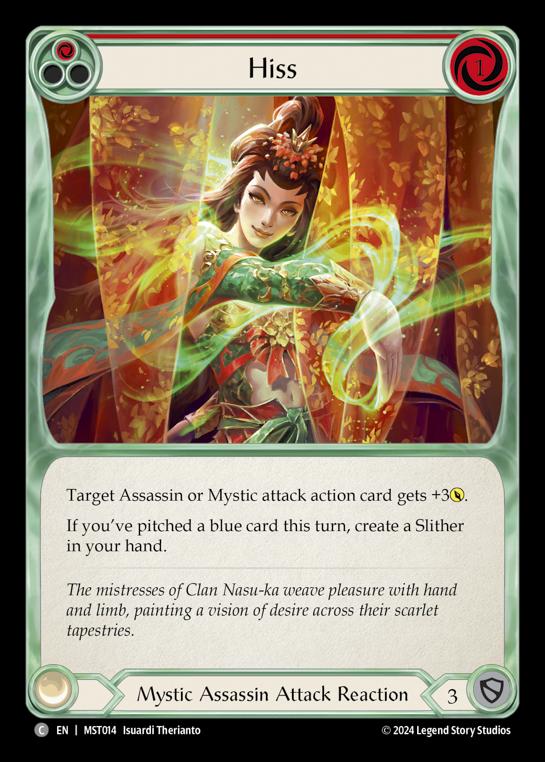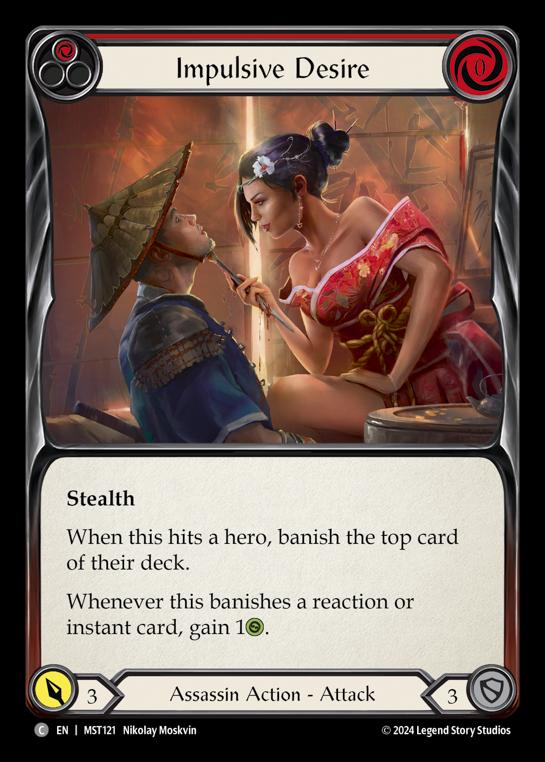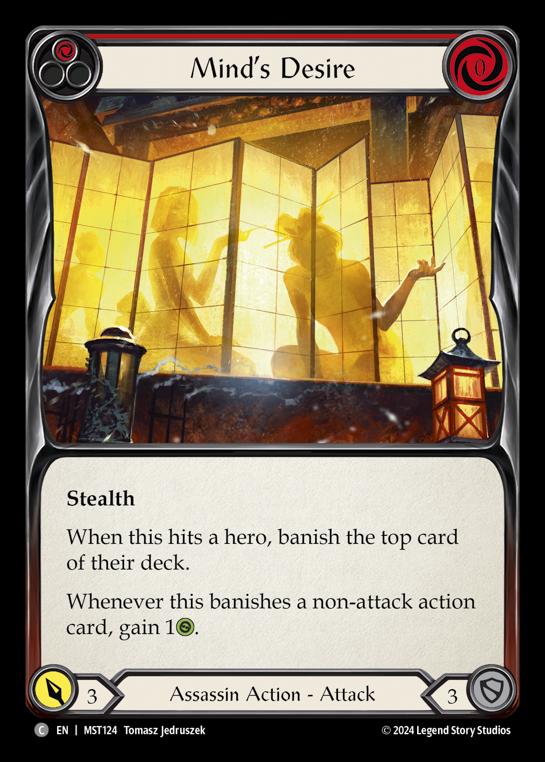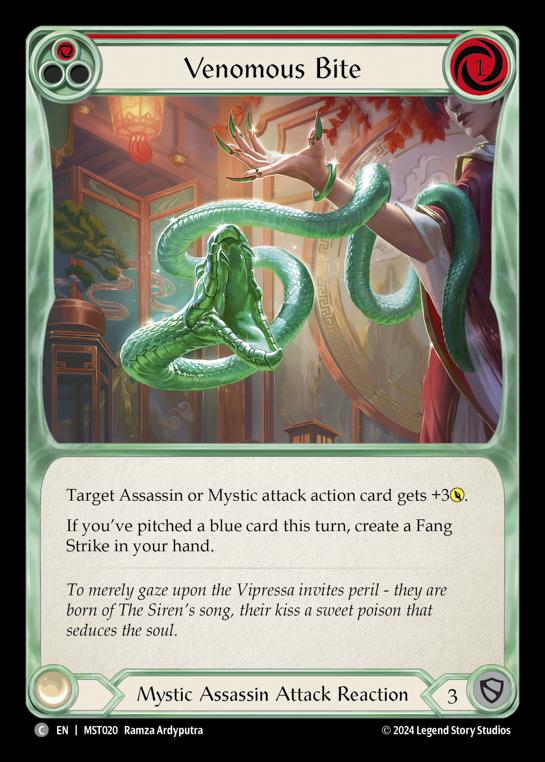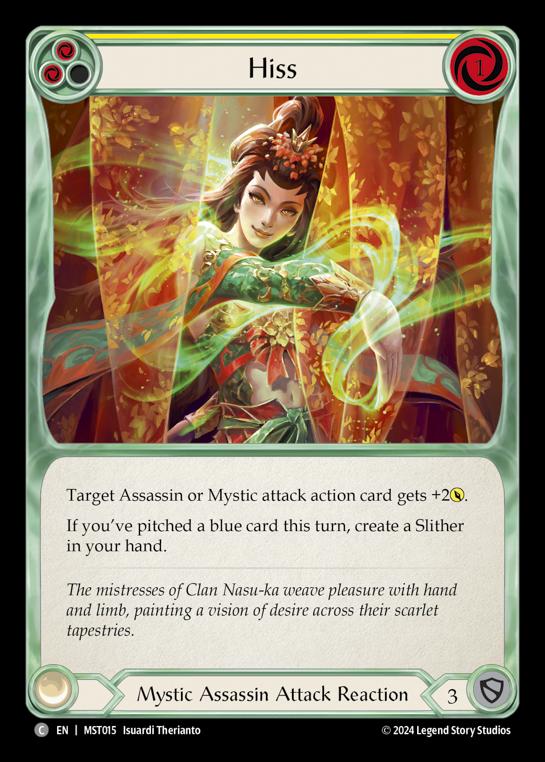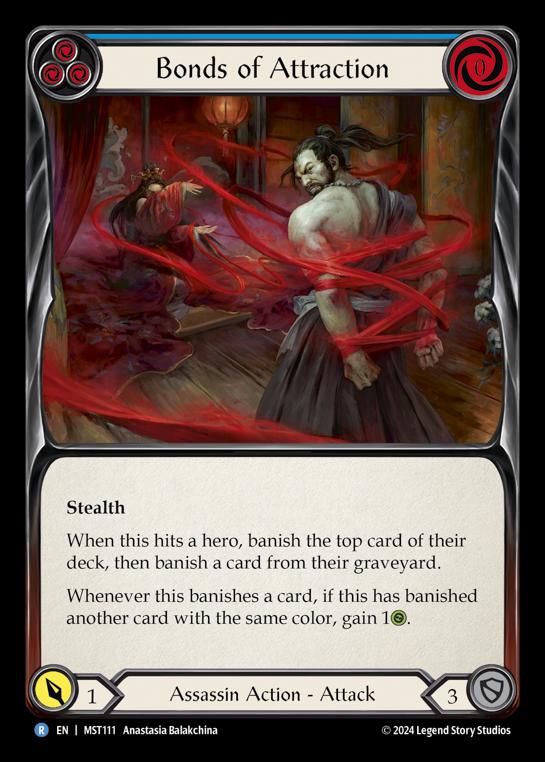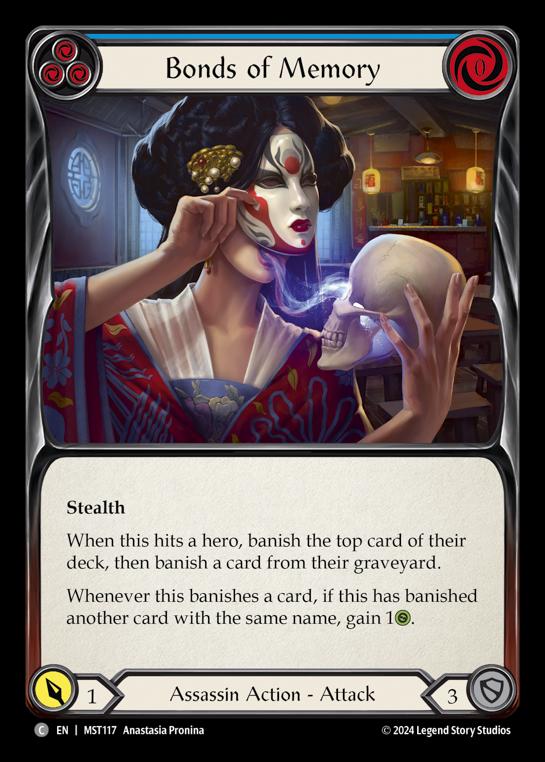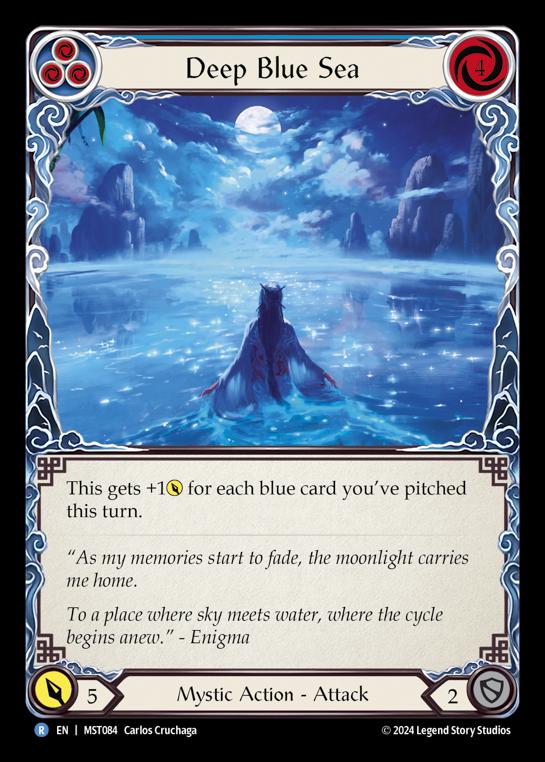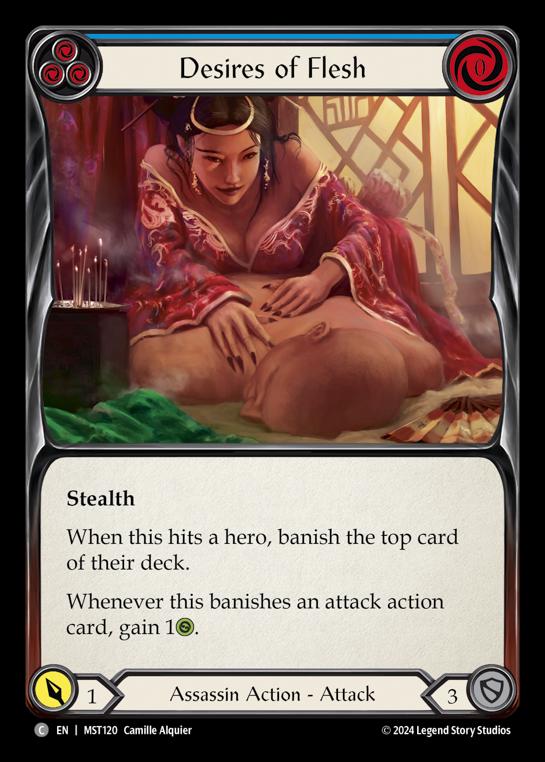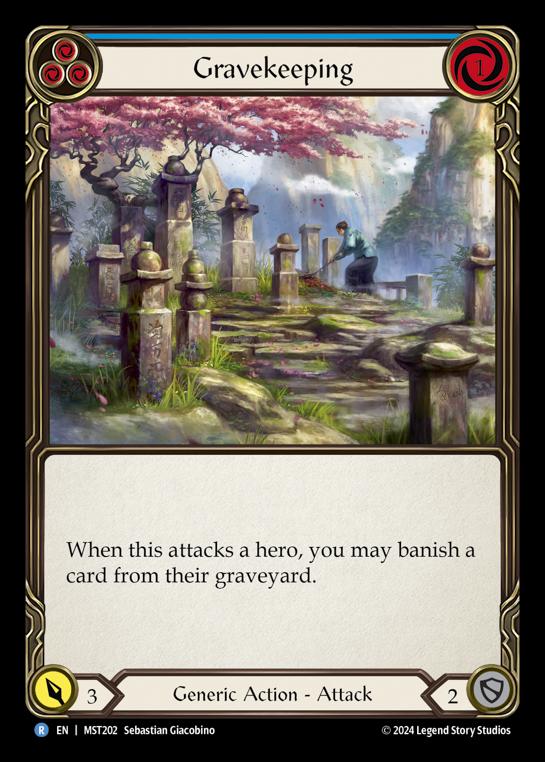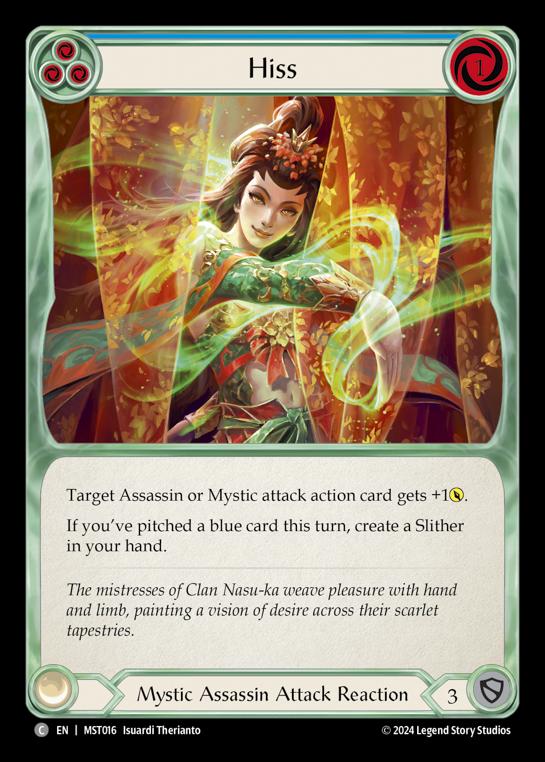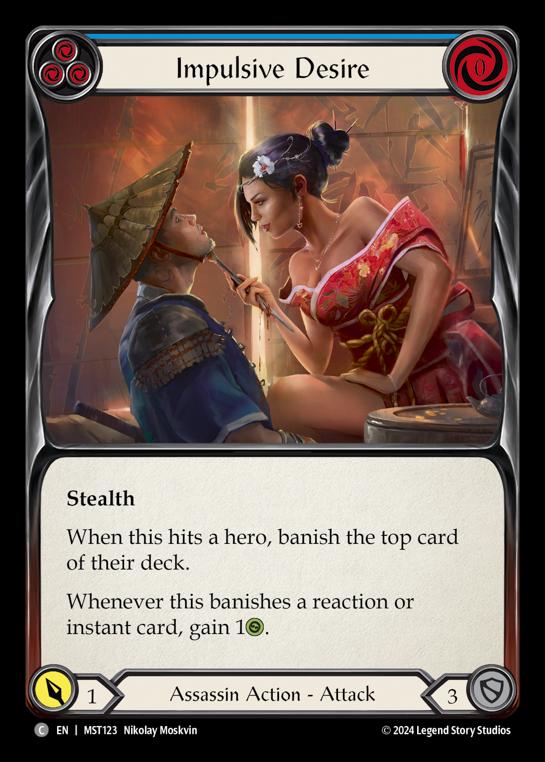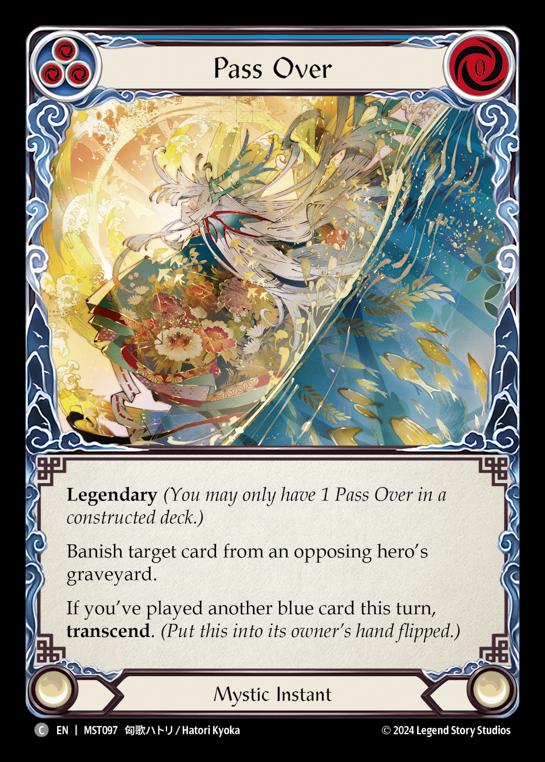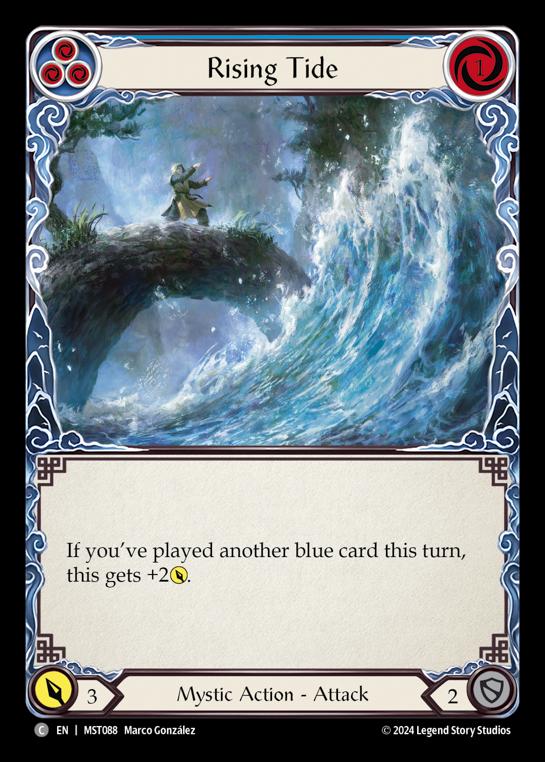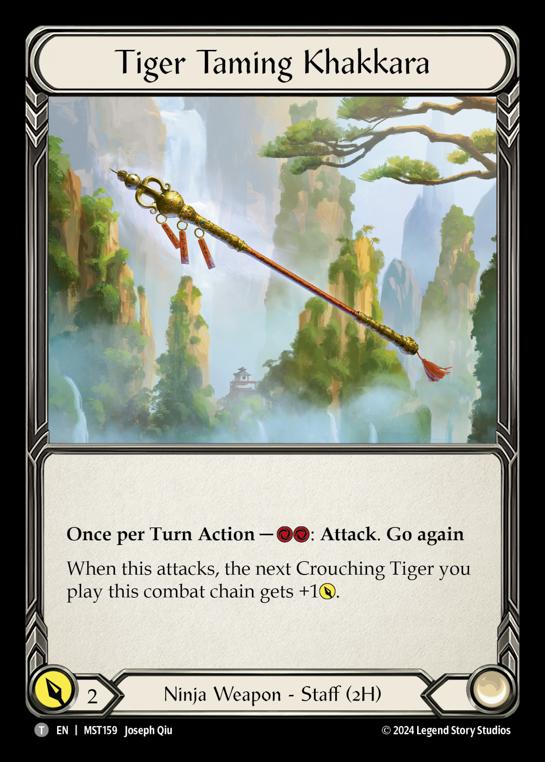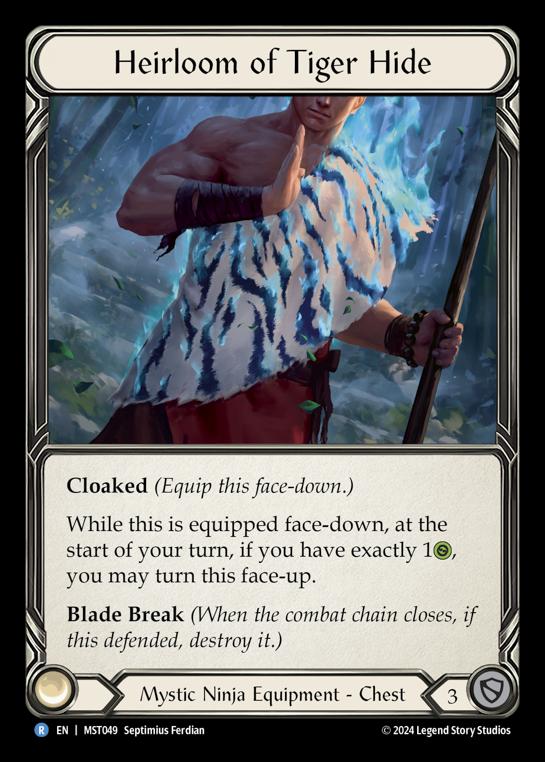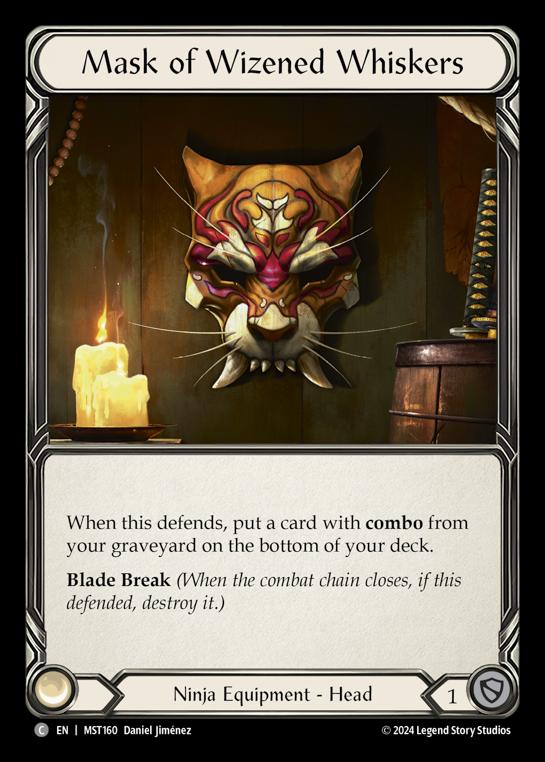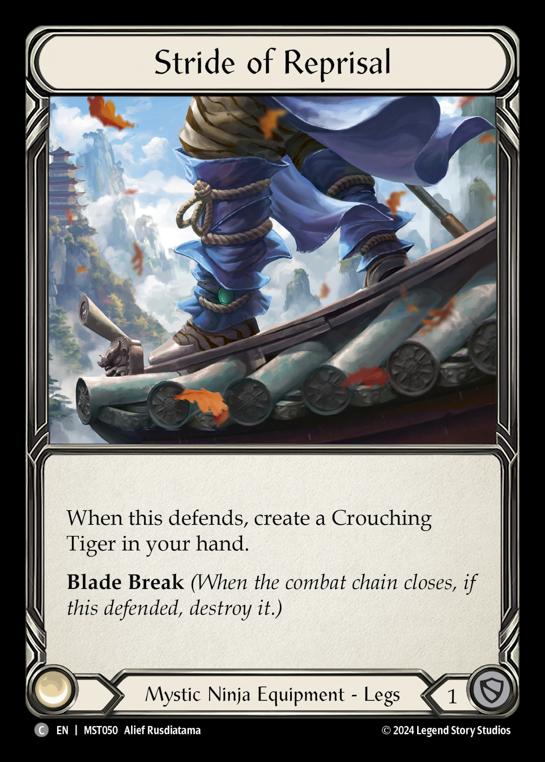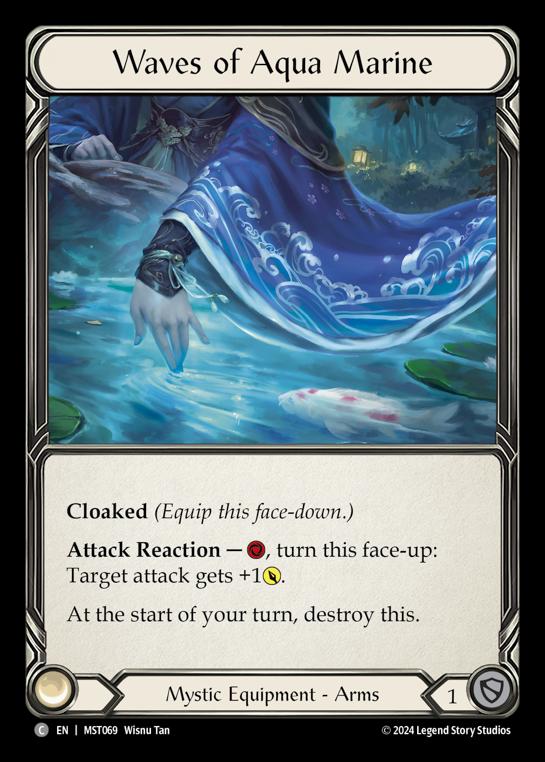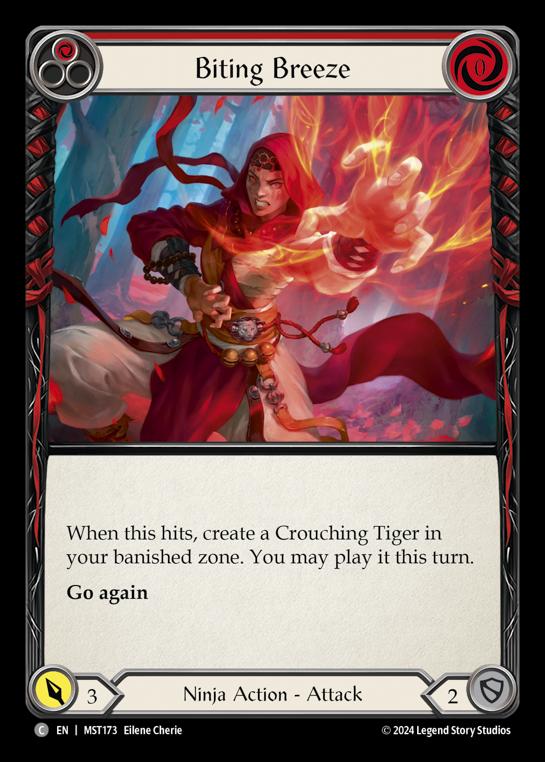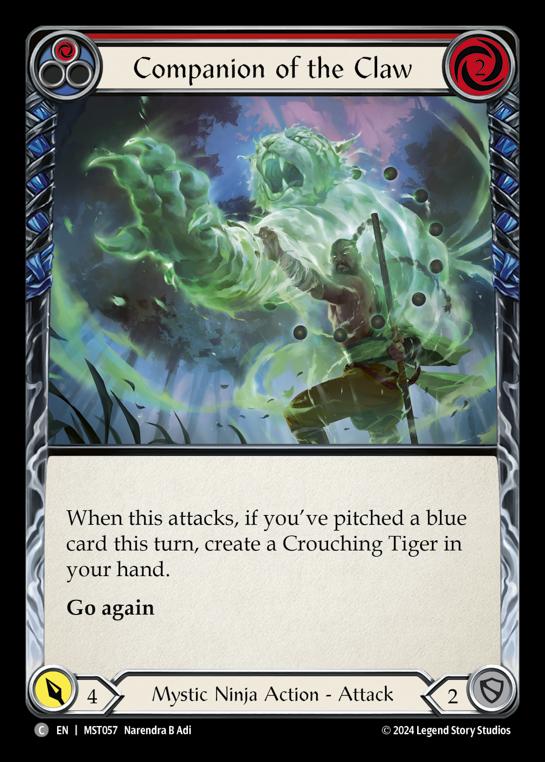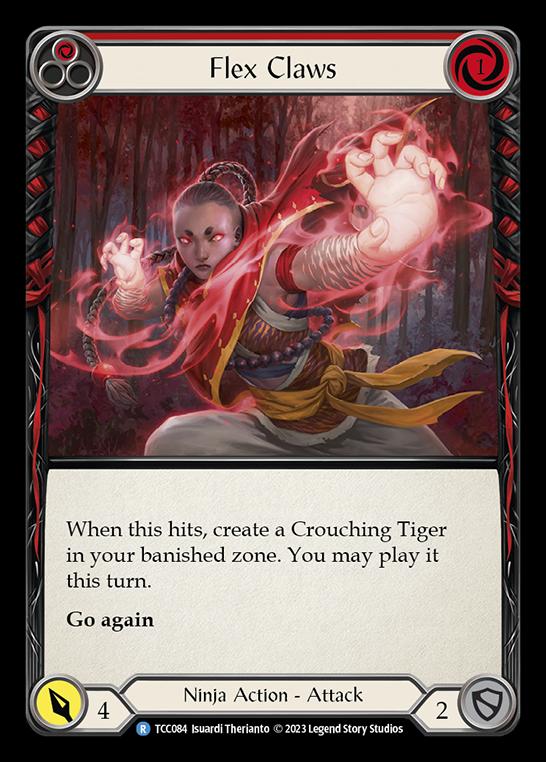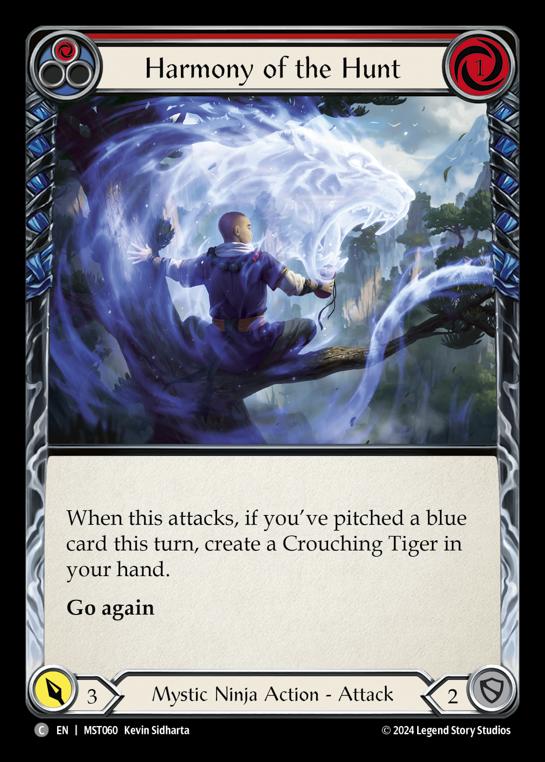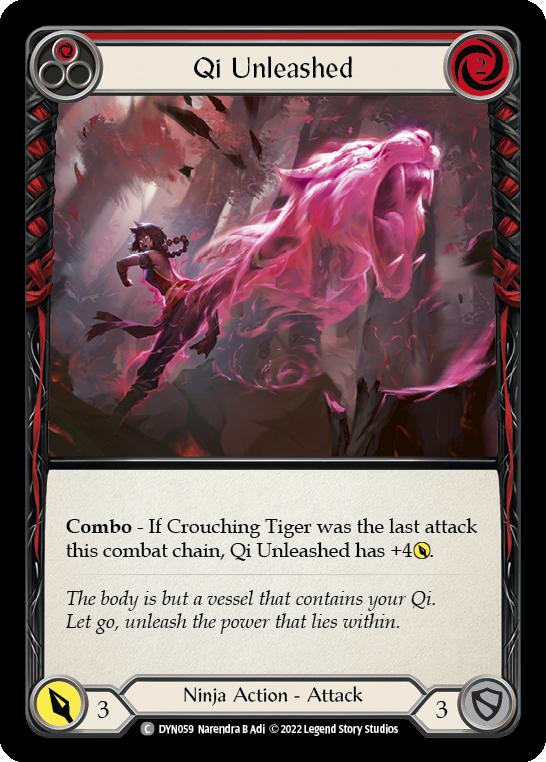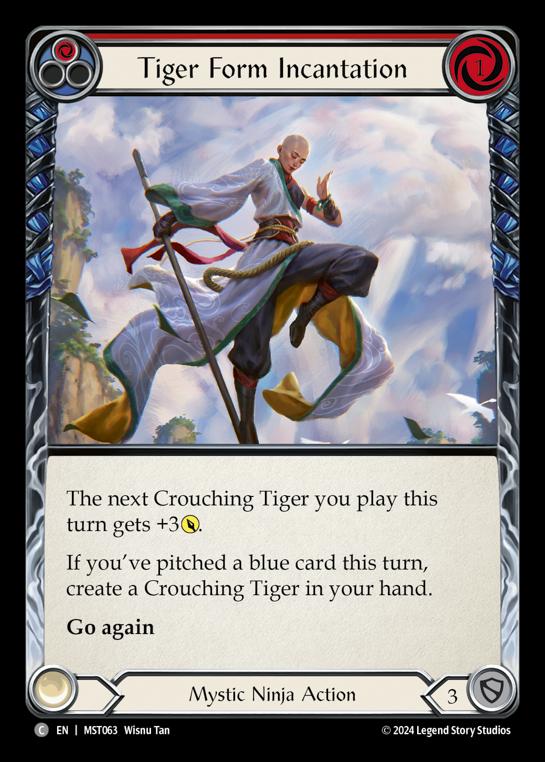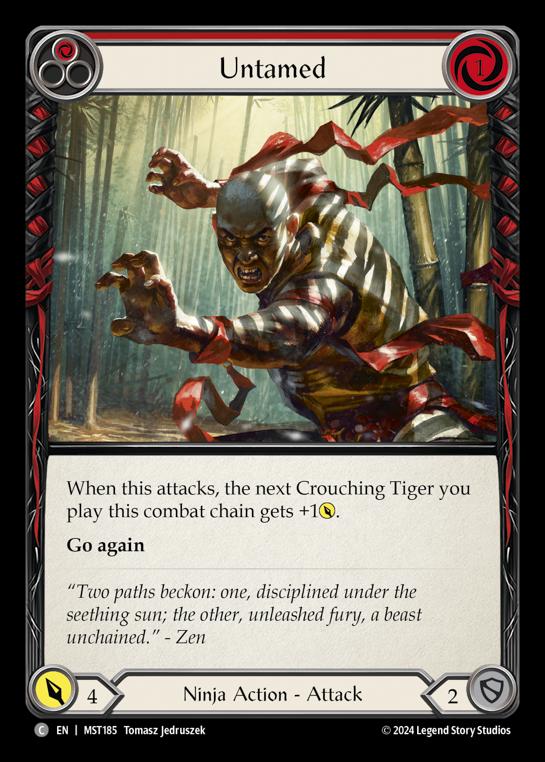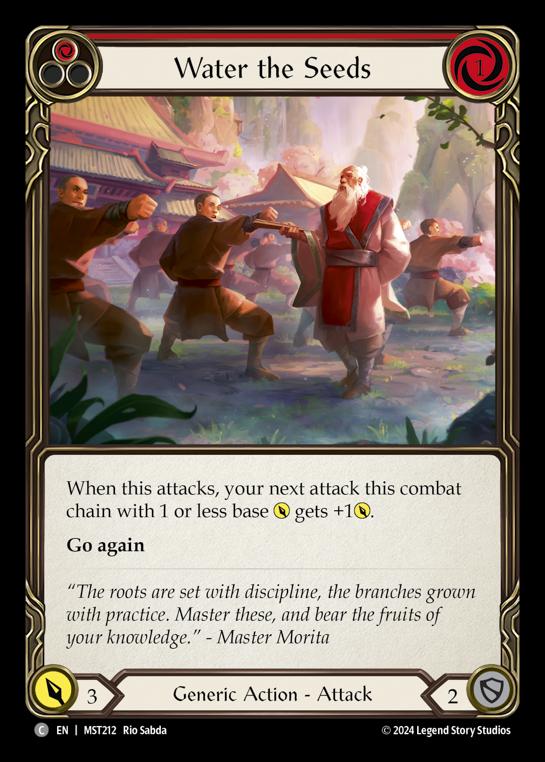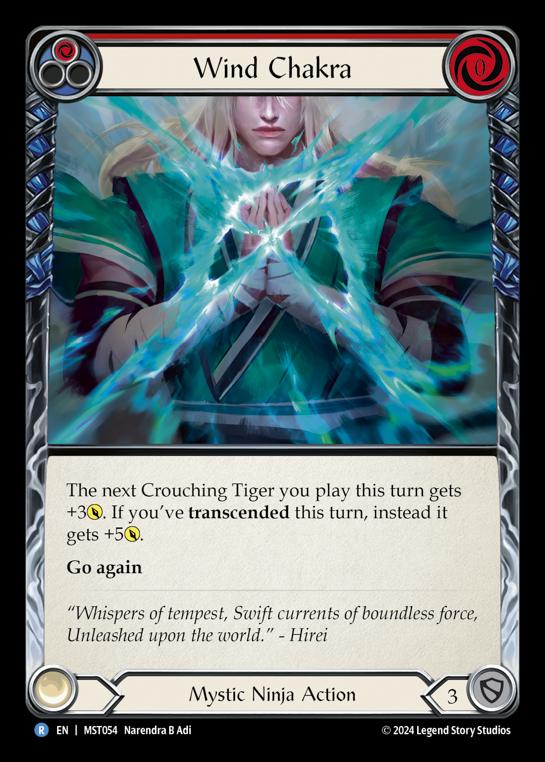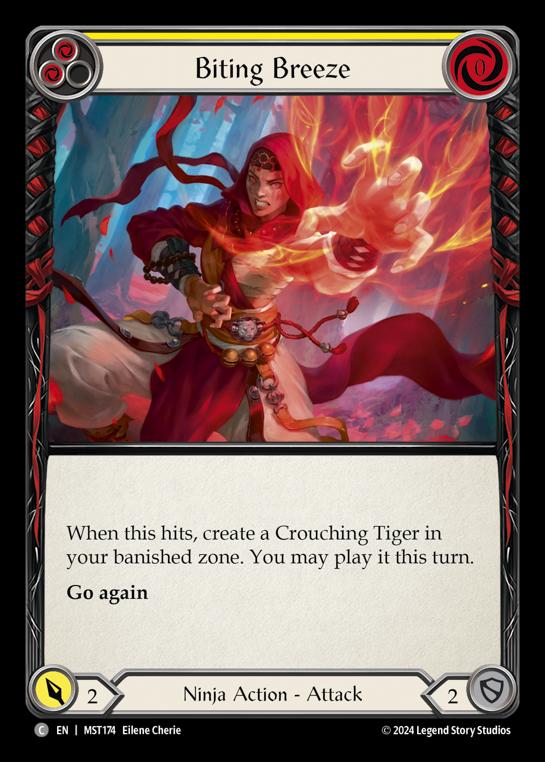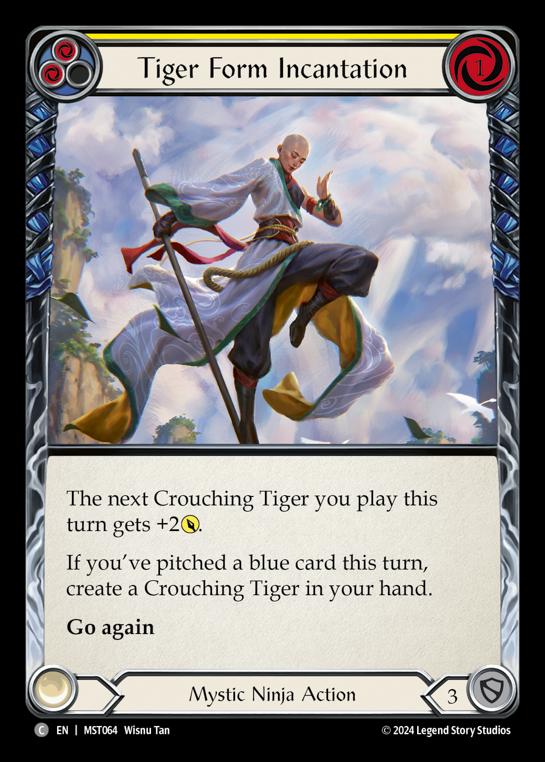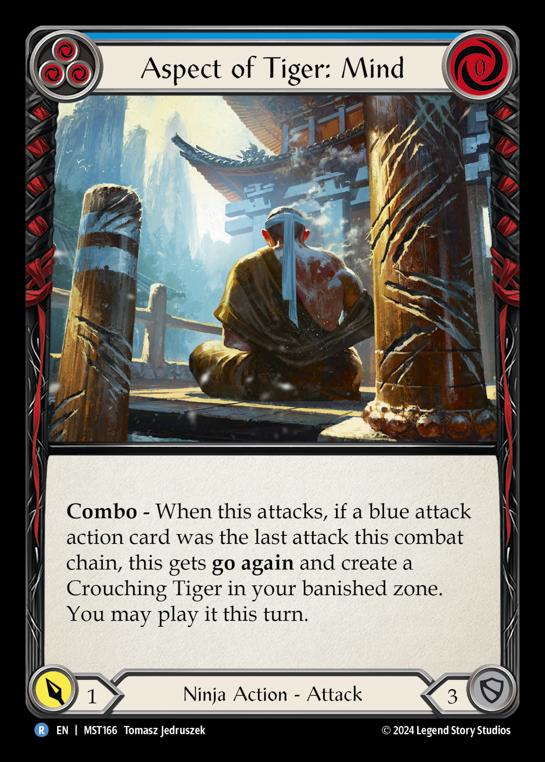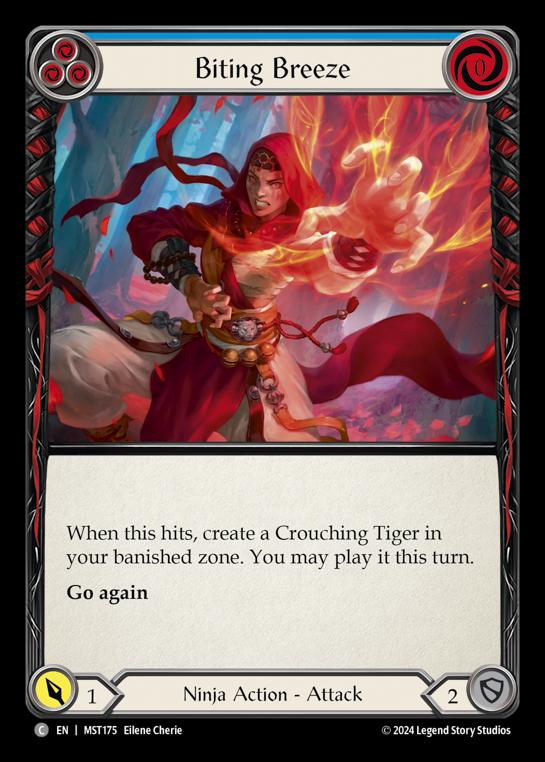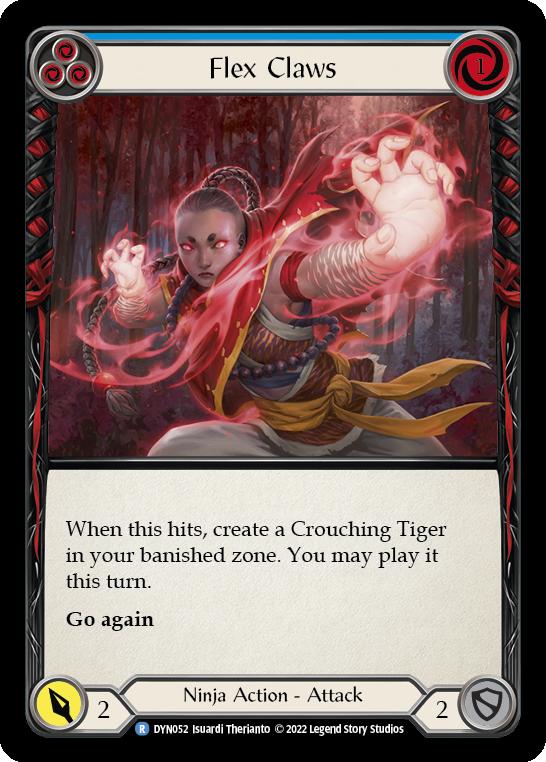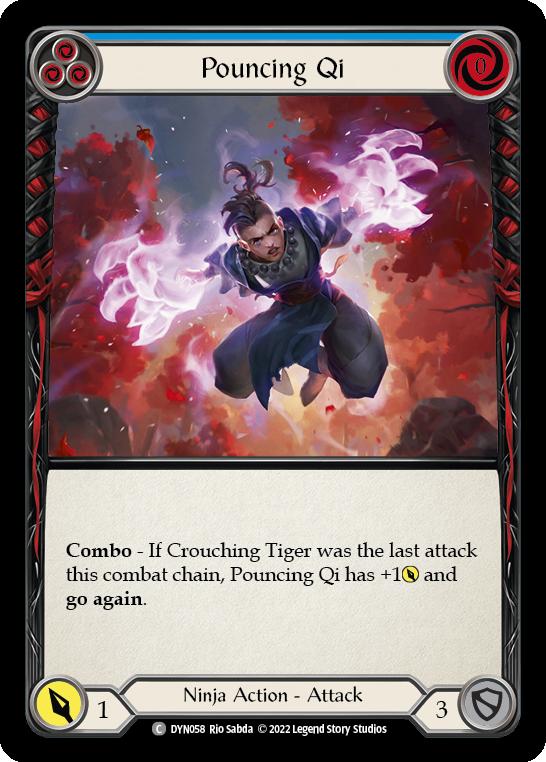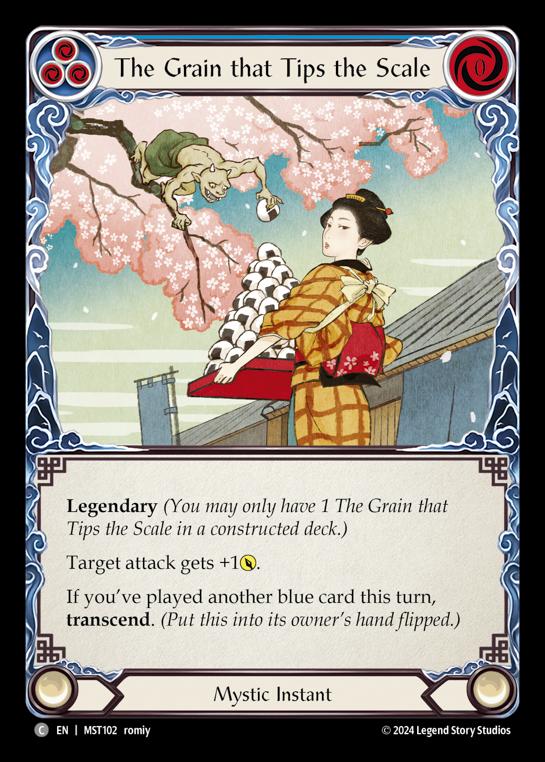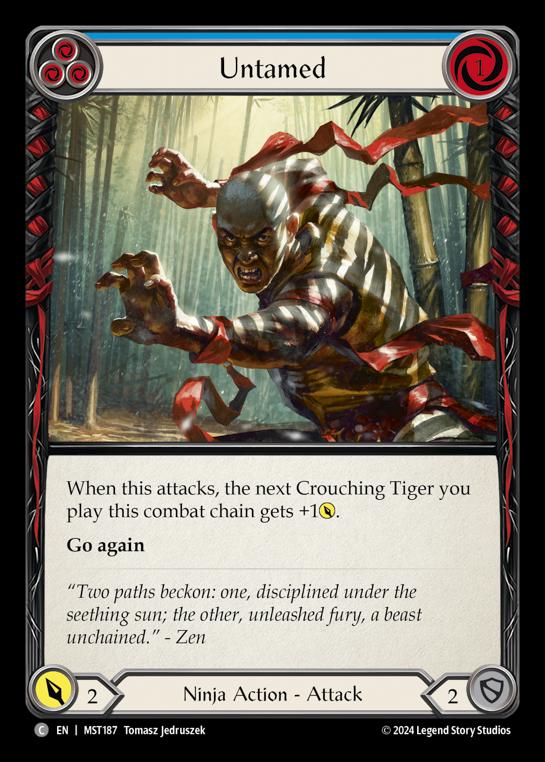Part the Mistveil Set Review – Blitz Decks
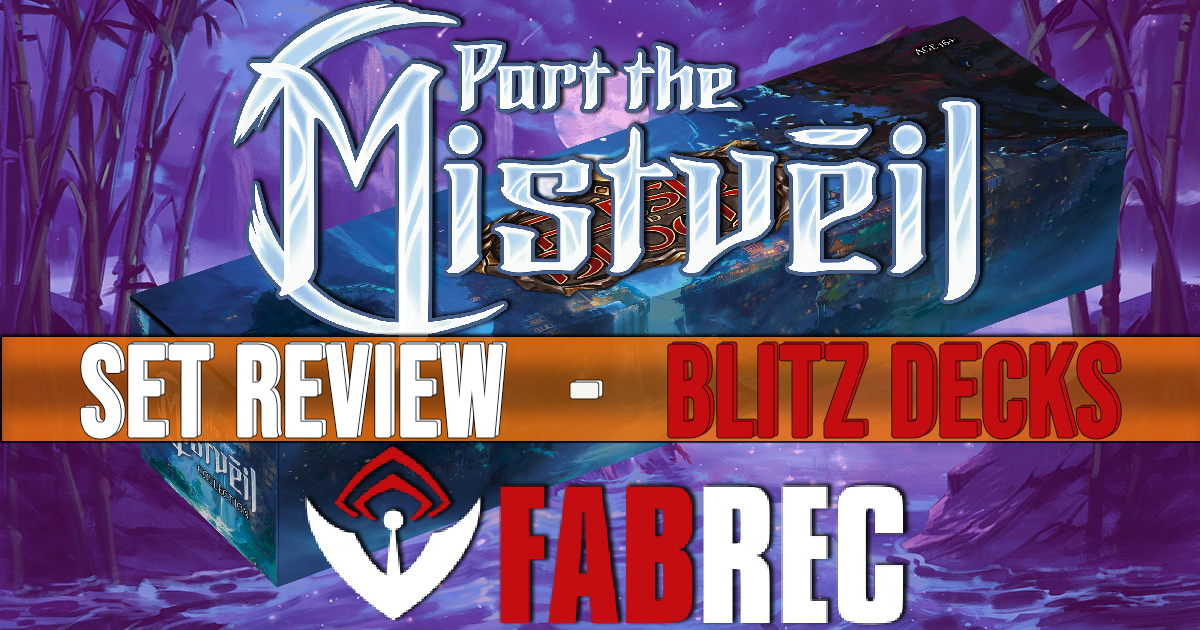
Part the Mistveil Blitz Decks
We’ve finally reached Part the Mistveil (MST) prerelease season, and Flesh and Blood is at an all-time high! With the conclusion of Calling: Tokyo and with several Callings and Battle Hardeneds in the horizon, it’s time to journey into the valleys of Misteria and channel our inner Chi.
Today, we’ll be looking at the Part the Mistveil Blitz Deck Collection, a sealed product which contains three Blitz decks, one for each new Mystical hero in the expansion!
Priced at $70, the set comes with the aforementioned decks – all playable out of the box – plus three MST booster packs for further customization, a Misteria rubber playmat, and a reusable 1,000 ct. storage box. The price point is identical to the older TCC x LSS Round the Table product, which came with four decks, so LSS added the three booster packs to compensate. Each deck likewise includes non-foil extended art cards, which could be a draw for collectors.
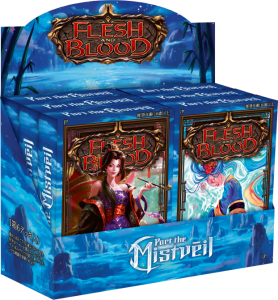
Japan also seems to be getting these Blitz decks individually, as their product list comes with a Blitz Display – so players in East Asia may be able to access these single decks as well, albeit in Nihongo.
MST introduces the Mystic talent, with the main mechanic being Transcend – upon playing a blue card, this allows the Transcend card to be flipped into an Inner Chi, which may be pitched for three red resources, or for three Mystic-exclusive blue resources. All three decks will utilize this mechanic in different ways, so it’s best we’re aware of what it does from the get go.
Let’s look at the three lists, discuss their strengths, how best to pilot them, and an overall power rating. We’ll begin with Enigma.
Enigma
After the rather lukewarm return of the highly-anticipated Prism, Awakener of Sol and the recent ascension of Dromai, Ash Artist into Living Legend status, Enigma joins the Flesh and Blood roster as our newest Illusionist hero.
Her strategy involves the wise use of Spectral Shield tokens, alongside Ward auras to slowly whittle down the opponent while keeping up a defensive bulwark. Paired with her weapon Cosmo, Scroll of Ancestral Tapestry, she can dish out some poke damage as she ramps up her board presence – all while being safe from huge attacks due to the inherent properties of Ward. Be careful though, each point of damage can pop Ward, so having varying amounts is crucial to open up more lines of defense.
Here’s the deck list for Enigma:
" LSS Enigma MST Blitz Deck"
Enigma flourishes best when she has a constant stream of Spectral Shield tokens, which can be generated through Spectral Manifestations and Waning Vengeance red, blue, and yellow.
Playing the deck also requires a careful balance of building up your board and just letting it get blown up the next turn, as several cards, such as Essence of Ancestry: Mind, Single Minded Determination, Solitary Companion, and Vengeful Apparition all benefit from having no other Illusionist auras in play. This lets us create a gentle dance of playing aggressive and defensive when the situation calls for it.
Waxing Specter and Spectral Manifestations are some of the strongest cards in the deck, as they synergize with Enigma‘s weapon.
The arm piece Uphold Tradition also has massive playmaking potential in the deck, as it allows for another go again attack – from the arms slot, no less! These abilities are usually reserved for the legs slot, which makes it so much more aggressive.
The attack package is rounded out by hitters such as Second Tenet of Chi: Tide, Spillover, and Battlefront Bastion. Although Illusionists usually don’t have offensive combat tricks, Astral Etchings is a way to bump up our attack perhaps for a lethal finish.
Enigma also has access to powerful Mystic Illusionist Instants, which means she can play on her opponent’s turn and react appropriately with enough Ward to block an attack – remember, most of her cards don’t have a defense value, so we have to play them out as Auras!
One final tip: a neat trick Enigma can do is to play a blue instant, such as Moon Chakra, and then follow up with another blue instant, such as Rising Sun, Setting Moon, before the first card resolves. By chaining cards in this order, the latter resolves first, but will now transcend due to us playing Moon Chakra, even though it hasn’t resolved yet. Chakra then resolves, which lets us prevent three damage instead of just one. There are plenty of lines available with just this one trick!
Overall, Enigma might be the strongest deck out of the three, with a low floor, but high skill cap, due to all the micromanaging inherent to the Illusionist class. A new player can just set up Ward cards all day, and rebuild every turn and could be competitive. Meanwhile, a more skilled player could take advantage of all the tricks to further push her power level.
Nuu
The newest Assassin is a deceiving hero who charms you before revealing her daggers for the kill. She capitalizes on the Stealth mechanic, which has no properties on its own, but rather, builds on synergies such as Nuu‘s own ability.
She promotes a rather proactive control strategy, most notable by the terror that is Iyslander. The Mystic Assassin disincentivizes blocking as it whittles down the opponent’s deck, but also presents on hits that will mill out the opponent when left unchecked. Worst of all, the longer the game drags on, the opponent runs out of options, while Nuu prepares for an alpha strike using the opponent’s very own tools. It’s a Catch-22!
Here is the deck list:
" LSS Nuu MST Blitz Deck"
|
At first blush, Nuu‘s deck has two core components: cheap red Stealth attack actions, and a smattering of blue cards for a tiny bit of Transcend synergy.
However, she is quite possibly the least reliant on the three for Inner Chi, as she generates two other deadly cards: Fang Strike and Slither. The former is a pump spell, while the latter gives go again. This opens up so many more options than, say, a Razor Reflex, as the offensive effects are split between two cards and may be used independently. Though these don’t start in the deck, they may be put into arsenal just like any other card.
Nuu‘s deck only has access two cards that Transcend, which may be such a low count, considering the list also comes with Tide Chakra, perhaps one of the most efficient attack reactions in the set, when built around correctly. However, Path Well Traveled and Pass Over are both amazing cards on their own; we just have to be careful on how to best maximize their effects.
Beckoning Mistblade, her trademark weapon, is typical for an Assassin – low power, with a rather annoying effect. The single point of damage may not be too much of a drag, but the accompanying on hit effect may start the mind games on your powerful blue attacks such as Deep Blue Sea, and Rising Tide.
Each dagger hit also costs two resources, which means that from one blue pitch, we can swing in with a dagger, then play a zero-cost red attack like Double Trouble, then follow up with a one-cost attack reaction like Hiss, which can then snowball into another attack. This is the dream scenario for a typical Nuu turn.
The early game may be rougher than most, as she has low-powered attacks and will not be able to fully disrupt when the opponent doesn’t have any banished cards yet. So we should slowly bide our time, get in some cheap shots with our suite of Stealth cards like Mind's Desire, Impulsive Desire, and Desires of Flesh, while prioritizing defense. Gravekeeping is an absolute game changer, as it allows us to target banish cards from the opponent’s graveyard so we can use them down the line. Once the opponent has banished enough cards, we can slowly shift gears, transcend, and pull out all our knives for the killing blow.
She really shines in the late game, when the opponent’s options are exhausted, as this typically means we have access to their fattened-up banished zone. The big turn should consist of a Nuu ability activation first to check for additional cards, as it opens up more lines of play for us. Remember, we don’t need to pay the costs of any of these cards, but we do need to be mindful of our action points. While Hiss only works on Mystic and Assassin cards, Slither may be used on any attack action card.
Further tips include Beckoning Mistblade being able to grant go again even to your opponent’s blue cards – so we can weave in a dagger hit when we don’t have Slither, or activating Nuu‘s ability on the opponent’s turn to play their own defense reaction cards! Final note – stealing opponents cards that have yet to Transcend is a bad idea. We get the front effect, but once it flips, the owner, which in this case is the opponent, gets the Inner Chi into their hand.
Overall, Nuu is the hardest hero to pick up and master in the trio of decks available. She may see more success in Classic Constructed, given the nature of deck cycles and whittling down the opponent’s options. However, if we were to play these decks with each other, she has some game as these decks are full of blue cards, which she can always use to turn the tides. She’s my pick for the most exciting of the bunch!
Zen
The Mystic Ninja is here to unleash a flurry of strikes which will leave the opponent with no time to mount a counterattack! Well, maybe not that adrenaline-infused in reality. Zen enters the fray as the most reliant user of the card Crouching Tiger, which does nothing on its own, but is used to extend combo chain links, and may also be buffed for additional damage. Thus, he requires a lot of setup to fully kick into gear and outpace the opponent.
Although Combo as a mechanic usually requires specific named cards, this deck only requires Crouching Tiger as the combo piece, so weaving in attacks is easier than, say, Katsu and his plethora of attacks.
Here is the decklist:
" LSS Zen MST Blitz Deck"
|
First off, it’s ironic that Zen actually has the fewest blue cards in the three lists, with only 16, but this is due to having nearly all zero-cost deck, save for a few. This means we can easily map out our turns, as our pitches and our Transcends will be more controlled.
Tiger Taming Khakkara is a huge boon for a Crouching Tiger-centric playstyle, as it turns each ephemeral attack into an annoying poke for one. This adds up the more we build up our beatdown turn.
A long turn could be: pitch a blue for Tiger Form Incantation, Transcend a Stir the Pot, play Wind Chakra, and attack with a huge Crouching Tiger, followed up by a Qi Unleashed. You can then use the Inner Chi for Zen’s ability to search up another Qi Unleashed, or string more attacks with Pouncing Qi and a card from the arsenal.
Normally, turns won’t be this loaded. It’s important to recognize mini combos that deal a decent amount of damage without overcommitting, or just as a way to get cards out of the opponent’s hands.
Remember that we can convert a single Inner Chi into a Crouching Tiger and another Combo attack, so we’re never out of options. When we’re missing a key piece, it’s also best to play defensively, maybe arsenal the Crouching Tiger to wait for a better opportunity to strike. In a sense, Zen may be considered one of the slowest Ninjas in the game, as Transcending all our Mystic instants will take time.
Final tip would be to track which Combo cards are left in our deck, so we are cognizant of which lines are still available, given our hand and arsenal situation. However, we can always check which cards are left when we activate Zen‘s ability — which is an Instant, so we don’t need to break the chain — to refresh our memory. However, knowing our outs before choosing to activate the ability is definitely a skill-expressive part of the deck and will differentiate the good from the great.
Overall, Zen feels like the middle of the pack in terms of power level and complexity. While Zen did win Calling: Tokyo against a field of Nuus and Enigmas, it was with a drafted deck, which doesn’t necessarily represent the overall power level of these sealed decks. However, Zen presents huge high roll potential, which is great in a best-of-one setting, especially in a 20 life format, and only has room to expand with Ninja support in previous expansions.
This concludes the Blitz deck reviews for Part the Mistveil. Further upgrades to these decks will be discussed in the following weeks. Till then, remember to de-chi! Remember to de-chi!
Remember to de-chi!
Part the Mistveil Set Reviews:
Part the Mistveil Review – Expansion Slot
Part the Mistveil Review – Assassin
Part the Mistveil Review – Ninja & Generic

